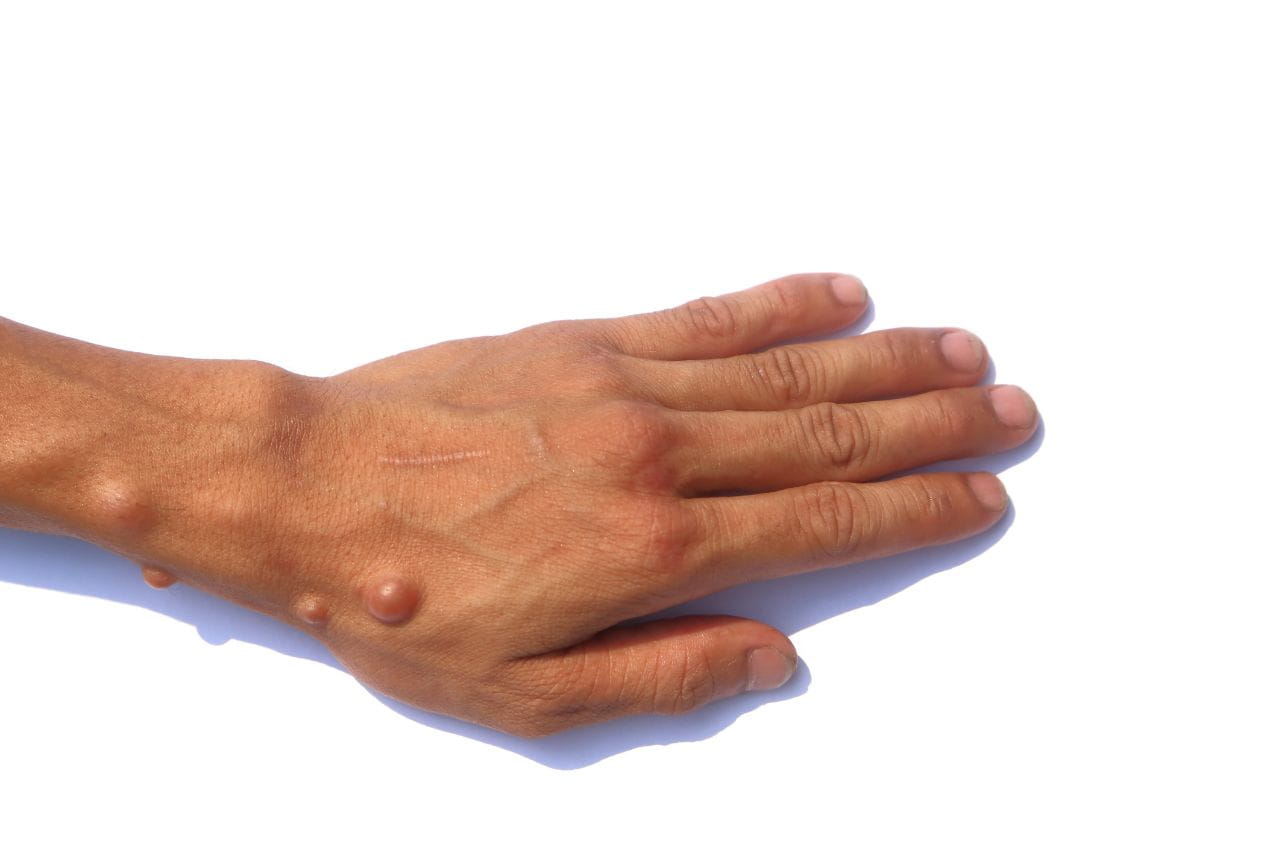Understanding Down Syndrome
.jpg?rev=e7600297bd2b473e896111ab09ebf1e6)
Down syndrome is a genetic disorder that causes developmental delays and lifelong intellectual disability. It’s the most common chromosomal condition and cause of learning disabilities in children.
Early diagnosis and intervention can improve the quality of life of people with Down syndrome, as can a better understanding of the condition.
What Are the Symptoms of Down Syndrome?
Down syndrome (named after British physician John Langdon Down, who first described it) can be mild, moderate, or severe. Its symptoms include:
- Mild to moderate cognitive impairment
- Delayed development of language
- Problems with short and long-term memory
As a result, children with Down syndrome may be delayed in speaking, walking, eating food without assistance, and toilet training. They may also have trouble paying attention and be prone to stubbornness, tantrums, and obsessive/compulsive behaviors.
People with Down syndrome have some or all of the following physical characteristics:
- Small head
- Short neck
- Short height
- Slanted eyes that point upward
- Flattened nose bridge
- Protruding tongue
- Small or unusually shaped ears
- Small hands with a single palm crease
- Small feet
- Poor muscle tone
- Excessive flexibility
- White spots on the iris (colored part) of the eye (called Brushfield's spots)
Down syndrome can lead to several health challenges, including:
- Heart problems
- Thyroid abnormalities
- Dental issues
- Frequent ear infections
- Hearing loss
- Obstructive sleep apnea
- Increased incidence of infections
- Autism
- Alzheimer’s disease
- Seizures
What Causes Down Syndrome?
Down syndrome is a genetic condition that can affect anyone. It doesn’t result from the actions of parents before or during pregnancy. Most cases occur randomly and not due to inheriting specific genes.
Research into the causes of Down syndrome is ongoing, but studies suggest that the age of parents may be a factor. Specifically, mothers who are 35 or older are more likely to have children with Down syndrome or other genetic conditions. (Note: Because younger parents have higher fertility rates, the total number of babies with Down syndrome is higher in those under 35.)
Down syndrome most often occurs when a genetic disorder during cell division results in an extra full or partial copy of chromosome 21 (a condition called trisomy 21). This added genetic material is responsible for the developmental and physical differences in people with Down syndrome.
Two other forms of Down syndrome — translocation Down syndrome and mosaic Down syndrome) are rare, accounting for 4% and 1% of cases, respectively.
How Is Down Syndrome Diagnosed?
Doctors can screen for the risk of Down syndrome in various ways during pregnancy. These assessments include blood tests of the birthing parent and ultrasound imaging of the baby.
They can confirm a Down syndrome diagnosis during pregnancy with testing that typically is performed after a positive screening result. Diagnostic tests include amniocentesis, chorionic villus sampling, and percutaneous umbilical blood sampling. These procedures detect chromosomal changes.
Doctors can also diagnose or confirm Down syndrome after a baby is born. They do this through physical observations and with a blood test called a karyotype test.
What Support Do People with Down Syndrome Need?
There’s no cure for Down syndrome. However, there are treatments to help them thrive mentally and physically. These treatments include:
- Speech therapy
- Physical and occupational therapy
- School special education programs
- Treatment for medical conditions
- Accommodation for vision and hearing problems
When interacting with someone with Down syndrome, it’s helpful to speak clearly and calmly, which makes it easier for them to understand you. They typically enjoy being shown how to do things rather than simply receiving verbal instructions and appreciate praise and encouragement for learning new things.
Parents and family members can also benefit from the support and understanding of friends and loved ones. This can include actions like offering meals or babysitting for new parents as they adjust to raising a child with Down syndrome.
You can also demonstrate your love and acceptance of a child with Down syndrome by engaging with them not as “abnormal” but as individuals who, like all people, have unique sets of characteristics that include skills, challenges, personality traits, preferences, etc.
World Down Syndrome Day Is Annually on March 21
In 2011, the United Nations General Assembly declared March 21 as World Down Syndrome Day. It’s a day that notes the importance of treating people with disabilities fairly and respectfully.
It also emphasizes that, while acknowledging the challenges people with Down syndrome face, we shouldn’t view them as needing charity or pity but rather support and encouragement to achieve their full potential and enjoy a high quality of life.



